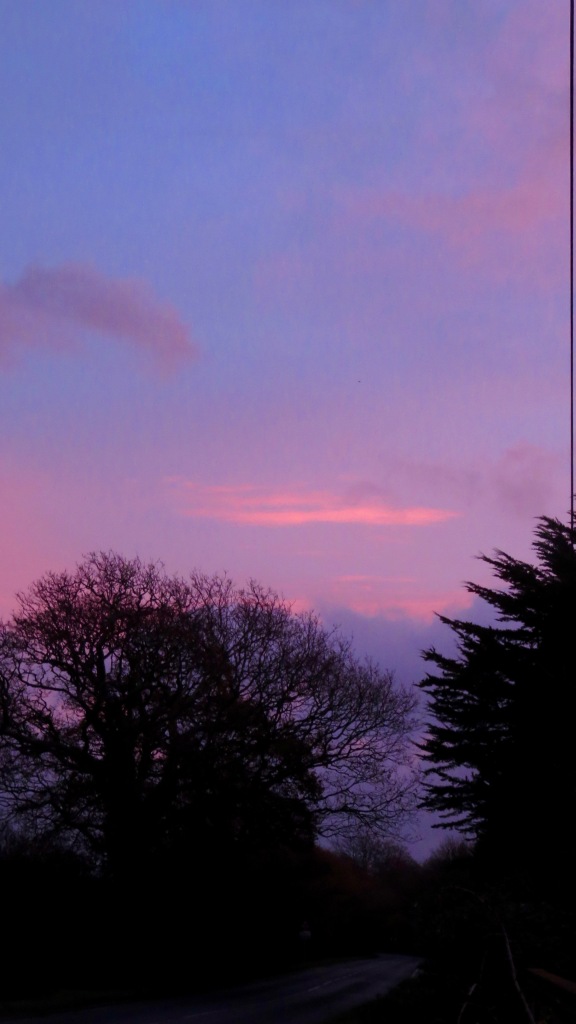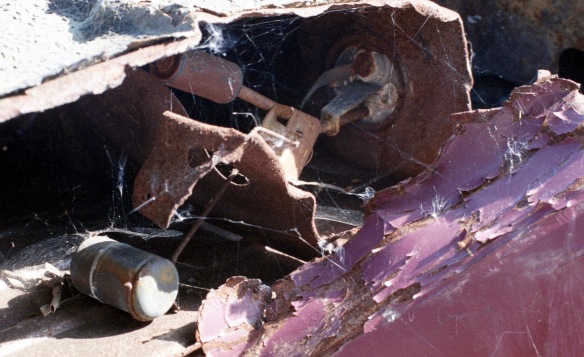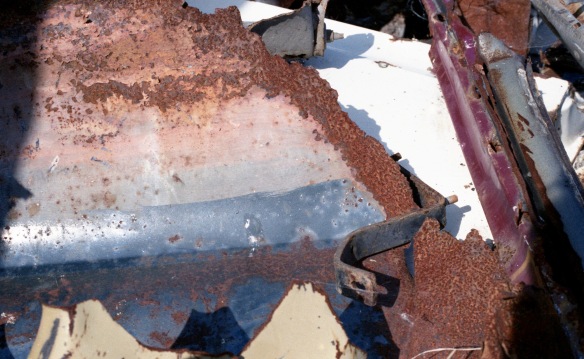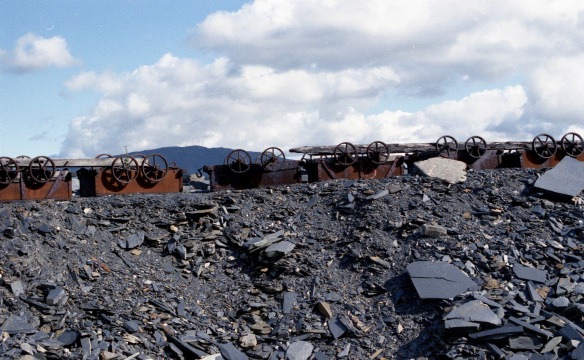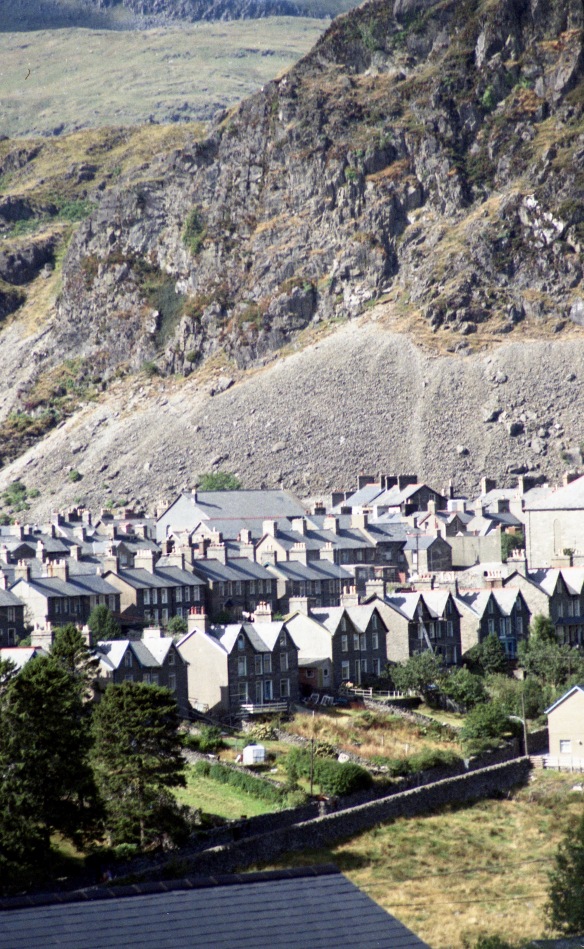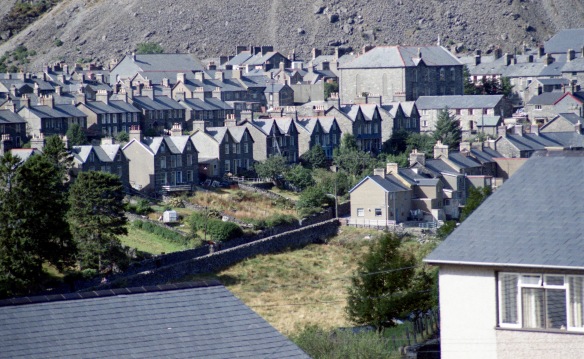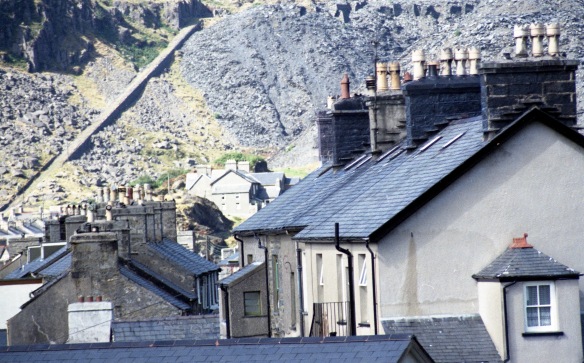Despite temperatures in double centigrade figures, apart from the enticing dawn skies, today was very dull with gale force winds. This meant that our afternoon drive around the forest was not conducive to photography. We finished up Christmas shopping in Brockenhurst.
Before that, I scanned another batch of negatives from the 1983 North Wales holiday.
It is perhaps appropriate to begin with mist rising at sunrise across a valley in Corwen.
Later views across the land were much clearer.
Here, Matthew, Sam, and Becky explore the fields around the farmhouse at which we were staying;
and Louisa is enthralled by something Matthew has pointed out.
Blending so well with the rugged hillsides were the rusting metal of a car scrap yard,
and the abandoned artefacts of a disused slate mine, itself adding heaps to the mountain terrain.
In the foreground of this picture, Becky carries Louisa, and Jessica leads Sam towards another visitor in the doorway of a mine building.
It was only in revisiting these images of terraced and semi-detached houses, perhaps once the homes of quarry workers, that I thought of Aberfan.
‘The Aberfan disaster was a catastrophic collapse of a colliery spoil tip in the Welsh village of Aberfan, near Merthyr Tydfil, on 21 October 1966, killing 116 children and 28 adults. It was caused by a build-up of water in the accumulated rock and shale, which suddenly started to slide downhill in the form of slurry.
Over 40,000 cubic metres of debris covered the village in minutes, and the classrooms at Pantglas Junior School were immediately inundated, with young children and teachers dying from impact or suffocation. Many noted the poignancy of the situation: if the disaster had struck a few minutes earlier, the children would not have been in their classrooms, and if it had struck a few hours later, the school would have broken up for half-term.
Great rescue efforts were made, but the large numbers who crowded into the village tended to hamper the work of the trained rescue teams, and delayed the arrival of mineworkers from the Merthyr Vale Colliery. Only a few lives could be saved in any case.
The official inquiry blamed the National Coal Board for extreme negligence, and its Chairman, Lord Robens, for making misleading statements. Parliament soon passed new legislation about public safety in relation to mines and quarries.’ (Wikipedia, on which there is much more information.)
This is one of the abiding memories of my young adulthood, and, indeed, parenthood. The whole of the UK, and possibly much of the world, was in shock, especially because the school had borne the brunt.
Succulent pork loins baked with a mustard and almond topping; piquant cauliflower cheese; mashed potato; and crisp carrots, Brussels sprouts, and green beans were the items on our dinner plates this evening. We enjoyed eating them. Jackie finished the chardonnay, and I started on a bottle of Mendoza Parra Alta malbec 2015.
